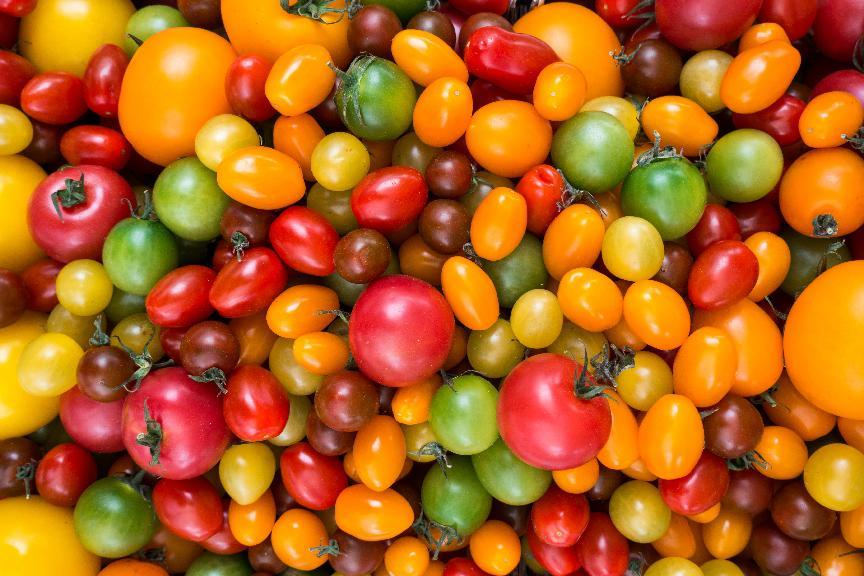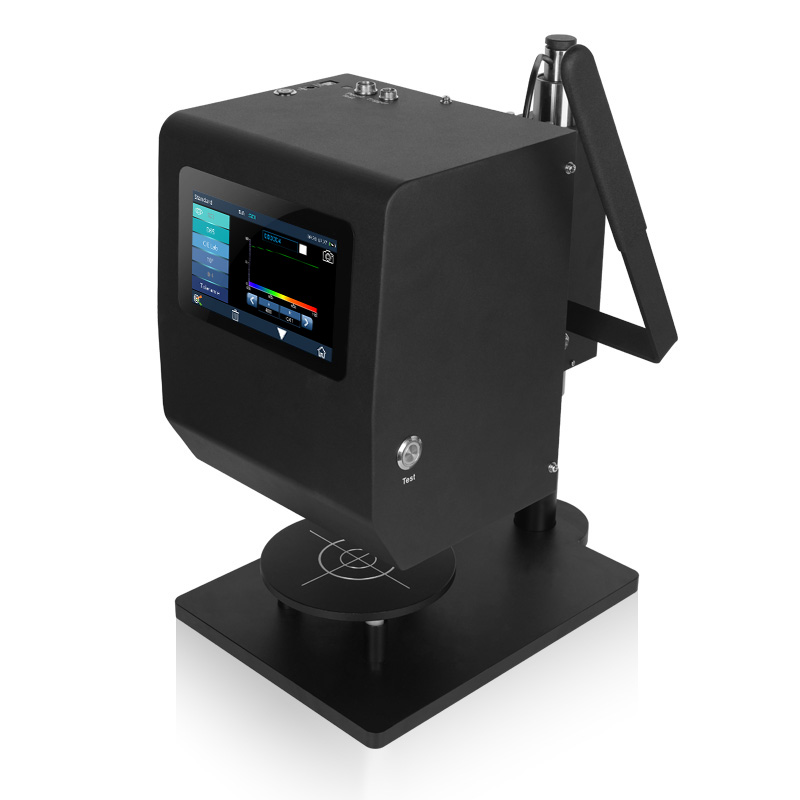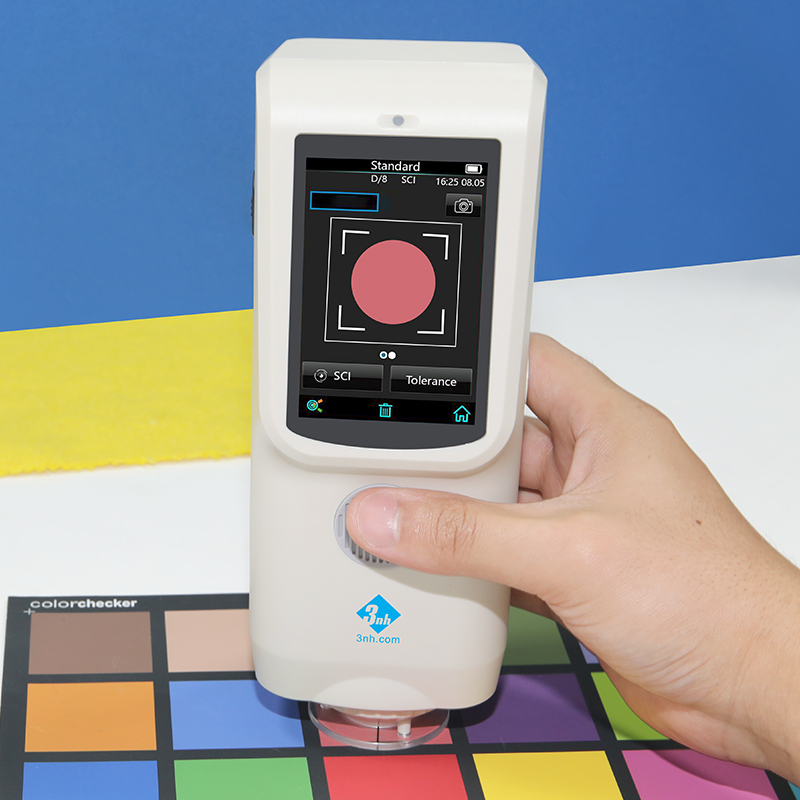Importance of Color Detection for Tomatoes
The color of tomatoes is not only a manifestation of their appearance, but also an intuitive indicator of their maturity, flavor and quality. Whether they are eaten raw, processed or exported, the color of tomatoes has a great influence on consumers' choices. Therefore, accurate color measurement has become a focus of the agricultural and food industries. Using color measurement can ensure that each batch of products has a consistent color, meet the needs of the market and consumers, and thus enhance the competitiveness of the brand.

How to judge the quality of tomatoes by their color
The color of tomatoes is one of the core criteria for judging their maturity and quality, especially for fresh tomatoes. The color is mainly determined by the ratio of pigments inside the tomato, such as lycopene and chlorophyll. As the tomato matures, the chlorophyll gradually degrades, while the lycopene content increases, causing it to gradually turn bright red. Consumers usually regard bright red as a symbol of maturity and flavor, so the color directly affects the attractiveness of tomatoes in the market.
How tomatoes develop their color
The color of tomatoes is determined by the change in the ratio of pigments such as lycopene and chlorophyll. As the maturity increases, chlorophyll gradually decomposes and the lycopene content increases, forming a typical red appearance.
From green to red: the relationship between color change and maturity
During the growth process, tomatoes will go through different color stages, such as green, yellow, orange-red, and bright red. Observing the color changes can not only determine its maturity, but also provide a preliminary assessment of its taste and nutritional content.
The difference in color between different types of tomatoes
In addition to the classic red color, there are also yellow, orange and other varieties of tomatoes on the market. These different types of tomatoes not only have different colors, but also different nutrition and taste, so color measurement needs to be combined with the standards of specific varieties.
USDA Tomato Grades and Standards
The United States Department of Agriculture (USDA) grades tomatoes by color to assess the ripeness and quality of tomatoes in commerce. The USDA classifies tomatoes into several different grades based on the amount of red coverage on the skin. The following are the common USDA tomato color grades:
Green : The skin of the tomato is basically green, indicating that it is unripe.
Breaker : The tomato skin has a small amount of pink or red, covering less than 10% of the surface, and begins to show slight signs of ripening.
Turning : 10-30% of the tomato skin turns pink, red or light yellow, marking the further development of the ripening process.
Pink : 30-60% of the tomato skin is pink or red, close to being fully ripe.
Light Red : 60-90% of the tomato skin is red, which means it is almost fully ripe and suitable for picking.
Red : 90-100% of the tomato's skin is dark red, indicating full maturity.
This grading method makes it easier for farms, wholesalers and retailers to consistently judge the maturity of tomatoes, thereby determining the best time to harvest and sell and meet market demand.
How to Measure Tomato Color
Common Methods for Measuring Tomato Color
At present, common color measurement methods include visual observation, color card comparison, image processing analysis, etc. However, these methods have subjectivity and accuracy problems, and it is difficult to meet the consistency requirements in large-scale industrial production.
Accuracy and objectivity requirements for color measurement
Accurate color measurement requires high precision and objectivity to ensure product quality and consistency. Especially in mass production, the use of scientific instruments such as spectrophotometers can reduce human errors and accurately control product color.
Spectrophotometer can accurately provide the Lab* values (brightness, red-green, yellow-blue) of ketchup, which can be directly used for quality control. For ketchup, the a value (red component) is the key indicator, and the deviation of the b value can also show the warm or cool tone of the color.
By setting a range of target Lab* values, you can ensure that the color of each batch of ketchup is within the expected range and meets the color requirements of consumers.
Ensuring Color Consistency in Tomatoes Using 3nh Spectrophotometers
3nh TS8290 Portable Benchtop Spectrophotometer is a professional color measurement tool with high accuracy and high consistency. It can accurately capture the color data of the tomato surface through spectral analysis, effectively avoiding the subjective bias in traditional measurement methods. The non-contact design can meet the consideration of product production line hygiene. In addition, compared with ordinary desktop instruments, this instrument is more portable and suitable for more measurement scenarios.

3nh CR9 colorimeter is a color measuring instrument that combines portability and accuracy. It is easy to carry and cost-effective.

If you have more needs, please contact us and we will provide you with the solution that best meets your requirements.








 0086 18165740359
0086 18165740359 Skype Online
Skype Online